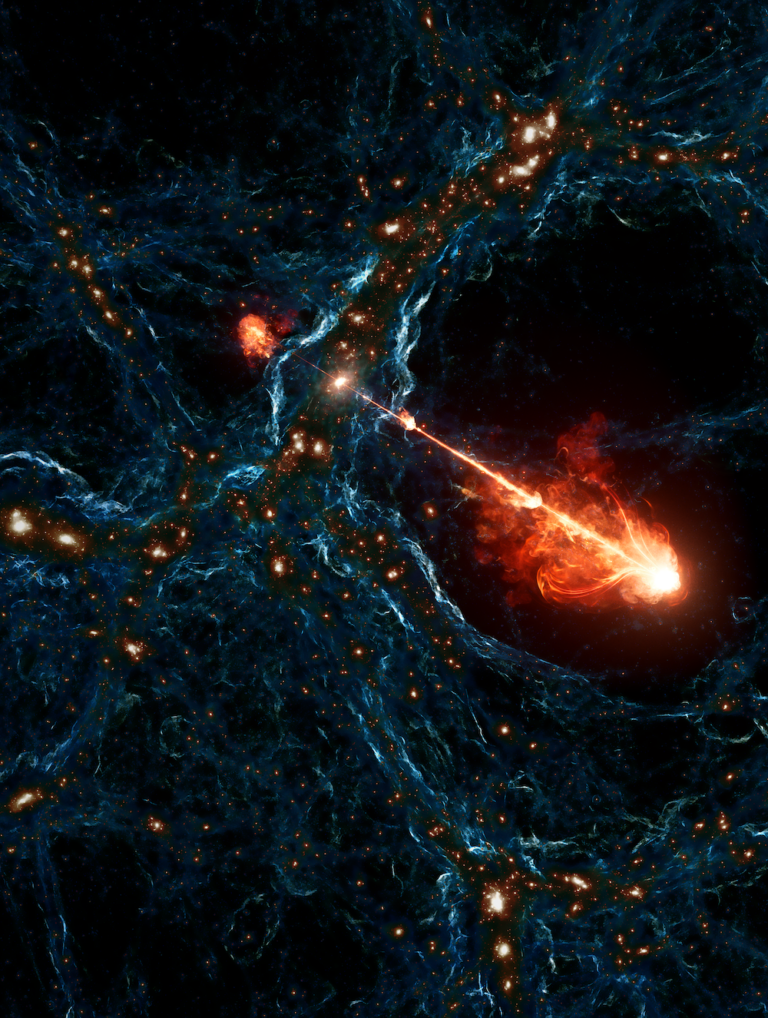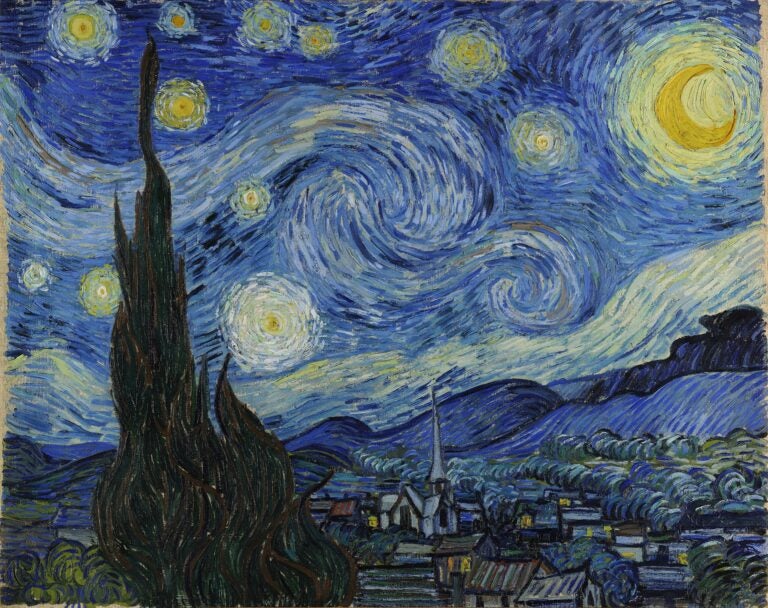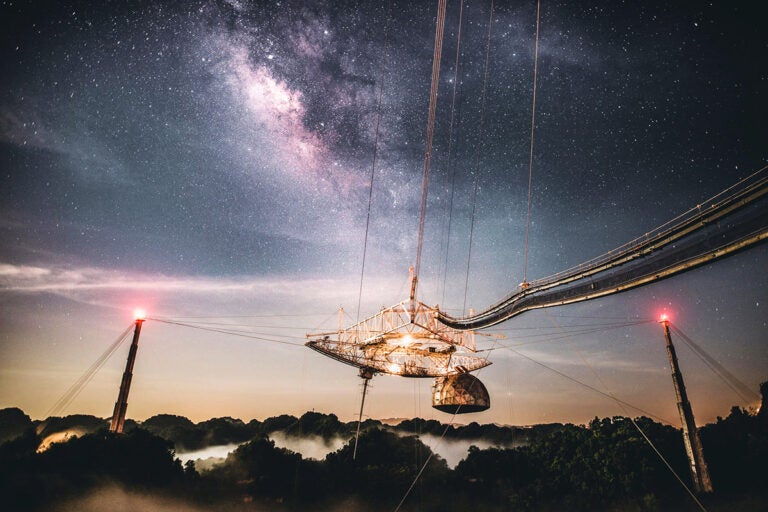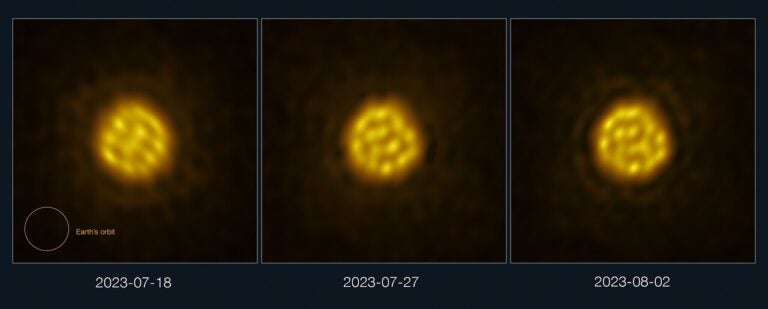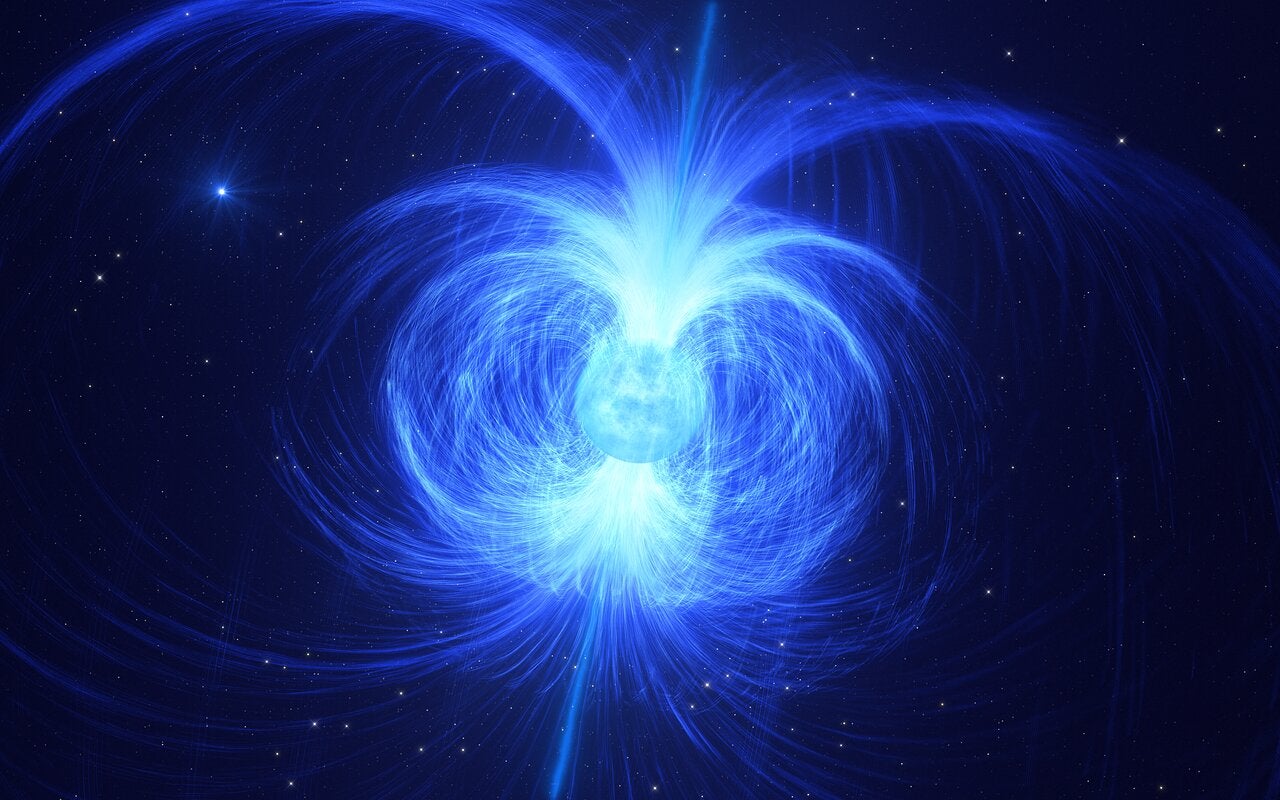
Astronomers have discovered a new kind of star, and with it, a new clue to an old mystery: how magnetars form.
The discovery is related to a peculiar star in a binary system some 3,000 light-years away in the southern constellation Monoceros. It has long been known as a misfit, rich in helium and sporting unusually powerful winds for its rather humdrum size. But new observations published today in Science have added a new piece of the puzzle: HD 45166 also has an extraordinarily strong magnetic field.
And this, in turn, may prove to be the key to an even greater mystery — the origin of magnetars, a rare class of stars that are the strongest magnets in the universe. According to models, HD 45166 has the right combination of mass and magnetic field to one day go supernova and leave behind a highly magnetic neutron star. That makes the star a possible magnetar progenitor, the first of its kind.
“We’ve never detected a magnetic field in a massive helium star that will undergo core collapse,” says Tomer Shenar, first author of the new study and an astronomer at the University of Amsterdam. “It’s really a new type of star.”
A star in Wolf-Rayet clothing
Although HD 45166 is part of an exclusive family called Wolf-Rayet stars — there are only 500 known to date — it is a very unusual member.
Wolf-Rayet stars are usually up to 25 times more massive than the Sun, shining a million times brighter. All the hydrogen fuel in their cores has long since been converted into helium. And they have powerful stellar winds, expelling 10 Suns worth of their mass every million years. Wolf-Rayet stars generally end their lives as explosive supernovae that become ultra-dense neutron stars.
HD45166 is a relative lightweight at just twice the mass of the Sun. Yet, it inexplicably produces torrential stellar winds comparable to a normal Wolf-Rayet. It is the kind of paradox that fascinates astronomers.
“I didn’t look at the star because I was looking for a magnetar progenitor,” says Shenar. “That was a byproduct, a surprise. The reason I started working on this star, and was increasingly obsessed, is that it is very unique.”
A magnetar progenitor
HD 45166 is the only known Wolf-Rayet star with such a low mass. If there were others out there, Shenar thought, they should have easily been found by now. “That made me really skeptical about the previous analyses,” he says. “I was going through all the literature wondering what can it be, and remember sitting at my desk and thinking, ‘Wait, what about magnetic fields?’”
Careful review of the stellar spectra from previous researchers suddenly reminded Shenar of stars with strong magnetic fields that he had once studied. Shenar reached out to an expert on magnetic fields, Gregg Wade of the Royal Military College of Canada in Kingston, Ontario. Wade took some convincing, but they applied for time at the Canada-France-Hawaii Telescope atop Maunakea, which is equipped with a spectropolarimeter, an instrument that can measure magnetic fields.
Wade’s observations confirmed Shenar’s suspicions: HD 45166 is highly magnetic. While normal stellar spectra present single bands that correspond to various elements, strong magnetic fields around a star produce multiple spectral bands for those same elements — a phenomenon called Zeeman splitting. The distance between such bands reveals the strength of the magnetic field. For HD 45166, this is an astounding 43,000 gauss — about 100,000 times stronger than Earth’s magnetic field, and the most magnetic massive star found to date.
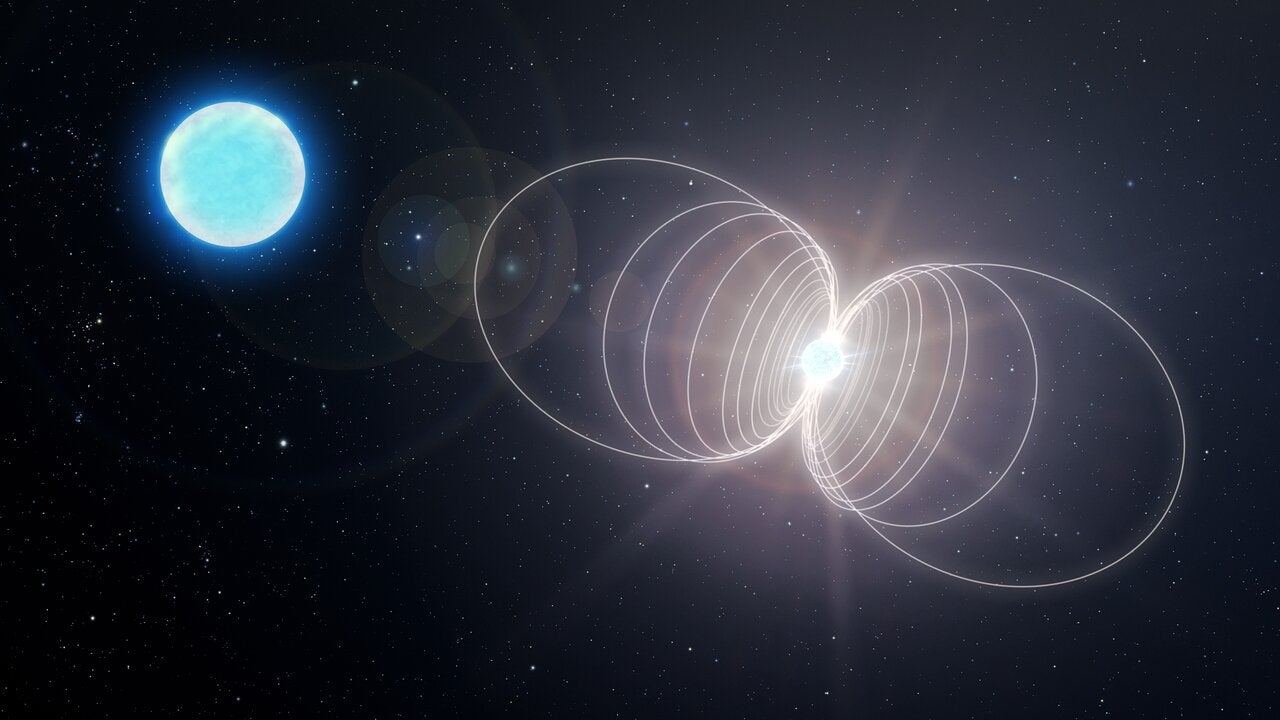
Still, the magnetic field of a magnetar is around 1014 gauss, around 10 billion times greater. To become a magnetar, HD 45166 must first explode as a supernova and collapse into a neutron star. Like an ice skater pulling in their arms to spin faster, when a Sun-sized star collapses to a neutron star measuring just eight miles (13 kilometers) wide, its magnetic flux is conserved and the field strength is multiplied some 10 billion times.
Typical supernovae candidates (and potential magnetars) have the mass of eight Suns. While HD 45166 is only one-fourth that mass, it has one last ace to play. Shenar says that HD 45166 will become what is called a Type Ibc supernova, completely hydrogen-free. About 20 percent of supernovae have no hydrogen at all, coming from stars already stripped of their shells and reduced to bare helium cores, which are heavier by volume than hydrogen.
Mergers and acquisitions
Shenar’s team also proposes a model for how HD 45166 came to be such an unusual star in the first place: They think it’s the product of a merger of two helium stars that evolved in close proximity. One grew faster, becoming so large that material started flowing to its nearest companion, which then surpassed the first star in size, stripping it of its hydrogen shell and creating a helium star.
With the added material, the companion star evolved faster than the first, stripped star. As the mass ratio became more extreme, the flow of gas between them reversed, embroiling them in a maelstrom of stellar exchange that astronomers call a common envelope stage. This phase caused the distance between the two stellar cores to shrink until they merged into a single helium star.
The result is a fascinating object, says Shenar. “As a laboratory for very strong magnetic fields, this star offers us something that we simply cannot mimic or study elsewhere.”



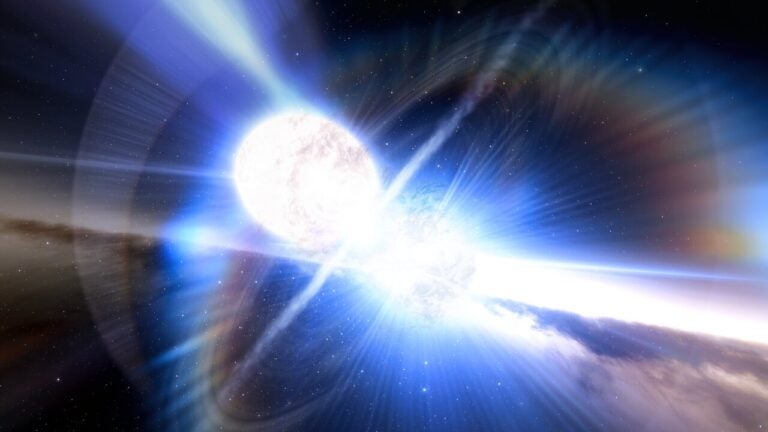
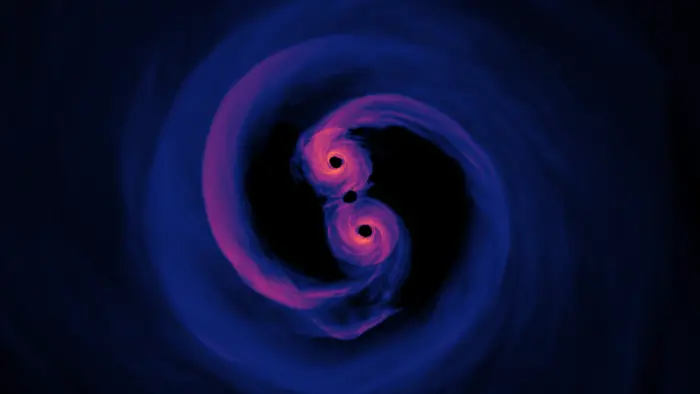
![Albireo (Beta [β] Cygni) is a classic example of a double star with contrasting colors.](https://www.astronomy.com/uploads/2024/08/Albireo.jpg)
